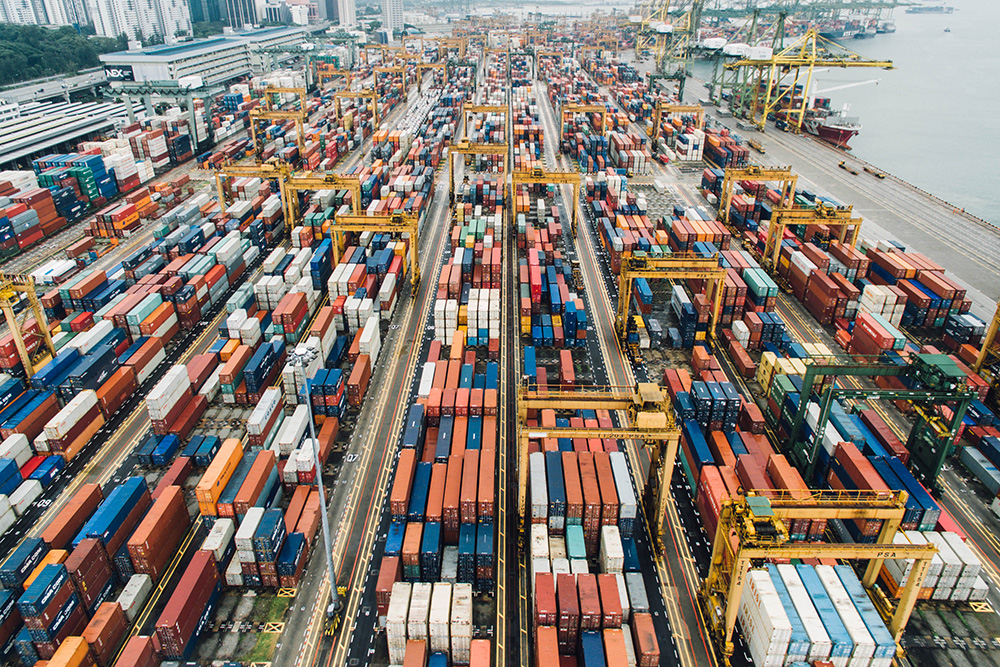Two of the biggest challenges faced in a logistics and supply chain management industry is asset management and fleet management. Having a proper asset and fleet management system can help companies to streamline their operations, reduce wastages and thus save cost.
To track and manage inventories, many freight and shipping companies rely on traditional methods such as barcode scanners. One limitation of relying on barcode scanners is that movement of the inventories cannot be effectively tracked or monitored on a real-time basis.
IoT Applications for the Logistic and Supply Chain Management Industry
One of the best ways to decrease material waste and improve logistics is using real-time monitoring and location system, which can be achieved through the use of IoT. The Internet of Things (IoT) is the network of physical devices, vehicles, appliances and other items embedded with electronics, software, sensors, actuators, and connectivity, which enables these objects to connect and exchange data through the Internet infrastructure.
Below are some IoT applications in the logistics and supply chain management industry:
- Connected Assets and Goods. IoT enabled assets and goods can be tracked from the time the pallets are packed until the time they enter the storage facilities. This way, companies can also know well ahead of time if the delivery schedule is delayed and thus allowing alternative plans to take place. Likewise, the locations and movements of assets and goods within the storage facilities can also be tracked to prevent misplacement or unauthorised movements.
- Connected Equipment. Equipment breakdowns can be extremely costly to organisations. Being able to receive real-time data on how equipment are operating, companies can quickly diagnose a problem and take preventive measures before a serious breakdown occurs. By monitoring equipment in real time from any device, companies can gain a valuable understanding of how they are performing.
- Connected Perishable Goods. Perishable goods require specific environmental conditions to maintain freshness and quality. These goods can be tagged with IoT sensors to monitor the humidity in the storage area, the temperature of the product, the shock and vibration levels these items experience during shipment.
- Connected Fleet. With real-time information on how their fleet is being operated and interacting with the environment via IoT, companies are able to keep track of equipment on the road, enhance customer experience with improved estimated-time-of-arrival forecasting, and reduce unnecessary costs. IoT also enables companies to track driver behaviors and utilise data analytics to perform predictive maintenance. Companies can make informed decisions and leverage predictive intelligence that adds value and optimise supply chains.
- Connected Employees. Employees are valuable assets of companies and may need protection too. By connecting employees to wearable IoT, companies can gain greater visibility into their worksites. In hazardous conditions, a company can monitor the health, location, and compliance of individual workers to ensure safety. With the data collected, businesses can improve policies, adhere to regulations, prevent accidents, increase productivity and reduce costly mistakes.
Deploying IoT as part of a digital transformation has become an essential move across various industries. The logistic and supply chain management industry will have a competitive advantage as they adopt new technologies to boost productivity and efficiency.

